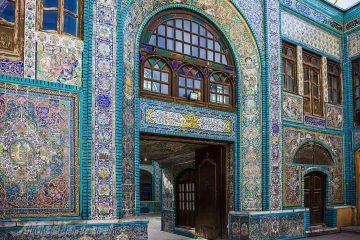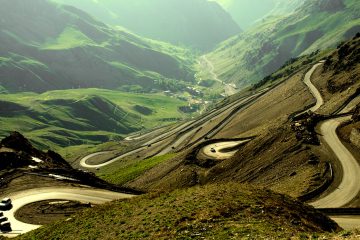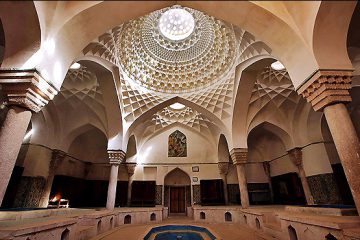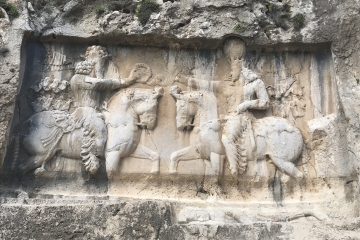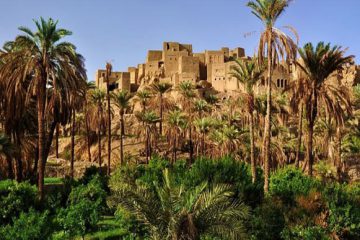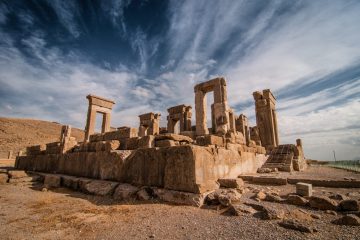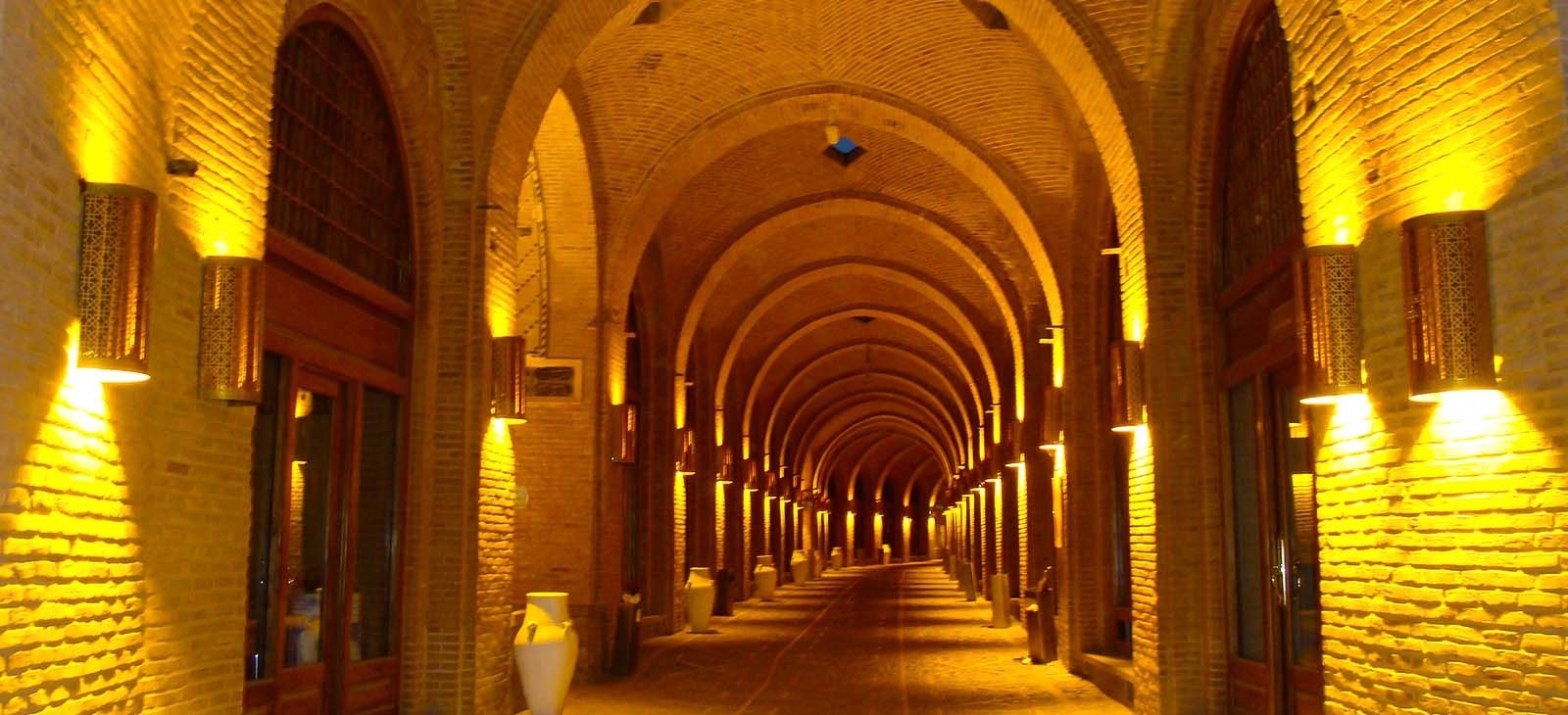
Qazvin Bazaar – A must place to See in Iran
The complex of Qazvin Bazaar has an old and interesting architecture. The bazaar of Qazvin dates back to one thousand years ago. But the present complex is attributed to the Safavid era and most parts have been built in the Qajar period. This bazaar developed before the Safavid era. When Qazvin became the capital of Iran, and later in Qajar era, some parts such as Sara-ye Sa’d-os Saltaneh were added and the complex gained an extra prosperity. Qazvin Bazaar covers 14 hectares and has originally had three main entrances and two other entrances on the east and south have been added in the following periods.
The complex has previously had other parts such as Saras, mosque, schools, bath, and water reservoir. An important feature of bazaar, other than the size, is the architectural composition of the complex. It connects entrances of different spaces using alternate patterns and architectural joints to form grand spaces. The bazaar of Qazvin plays a major economical role in the region and has turned to be an economic center beyond the region not a market limited to a city.
Some bazaars of Qazvin are:Ahangaran (blacksmiths), Pst-foroshan pelt-dealers), and Attarha 9herbalists). Masjed-on Nabi (Masjed-e Shah), Sara-ye Sa’d-os Saltaneh, and Rasteh-ye Qeisariyeh are among the most important spaces of the bazaar. Masjed-on Nabi Mosque covers nearly 14000 square meters. It has been reconstructed in the King Fathali times. The mosque has a four-portico plan with three entrances. The big cupola of the mosque stands on the back of the southern portico. It is faced with tiles. The main entrance of the building on the northern wing has a glorious portal that connects the entrance in Imam Street to the courtyard through a vestibule.
WHY SHOULD YOU COME TO IRAN NOW!
This luxuriant portal is adorned with blue tiles in a creative style. Sara-ye Haj Reza is a carvanseray from Qajar period. It has been mainly used by Tabriz and Caucasian merchants, Sara-ye Sa’d-os Saltaneh is another old remain in the bazaar of Qazvin. Covering nearly 2.6 hectares, it has been the biggest roofed caravanserai and urban market of the time in Iran. It was built by order of Sa’d-os Saltaneh, the governor of Qazvin at that time. The most precious section of the building is the Charsoq (intersection) of the bazaar.
It is on the intersection of two Rasteh Bazaars and is roofed by a beautiful giant dome faced with tiles. This caravanserai has been the central trading place of major merchants of the city and different important commercial items have been sent to other parts if the country. Sara-ye Rezvan has a two-portico plan with several chambers in two floors round the courtyard.
Sara-ye Vazir has a wide courtyard with two floors of rooms around. Bazaar of Qeisariyeh of Qazvin has lofty brick arches. The two-floor building of Timcheh-ye Sarbaz is on the north of Qeisariyeh. The entrance of this Timcheh has an arched entrance. Timcheh-ye Sarposhideh (roofed) is on the south of Qeisariyeh and has a roof in two floors. Haj Seyyed Kazem Timcheh lies in the middle of bazaar opposite to Saddkers’ Bazaar. Timcheh-ye Razavi has been built by Haj Seyyed Abolqasem Razavi Isfahani. Darvish Mahdi Timcheh is in the main intersection opposite to the southern entrance of Zarrab Khaneh Sara. The Timcheh of Haj Muhammad Taqi is used by fruit mongers now.
Top 10 off the beaten track sites (IRAN)

